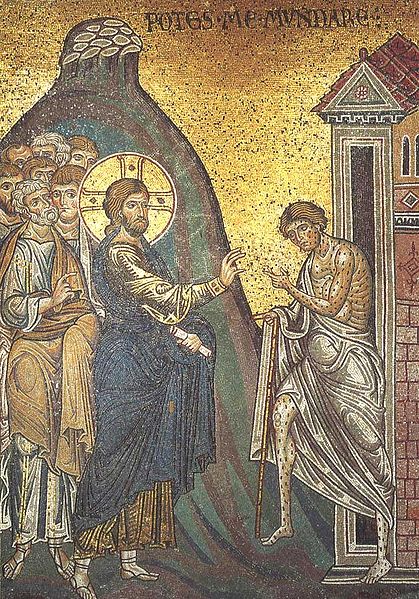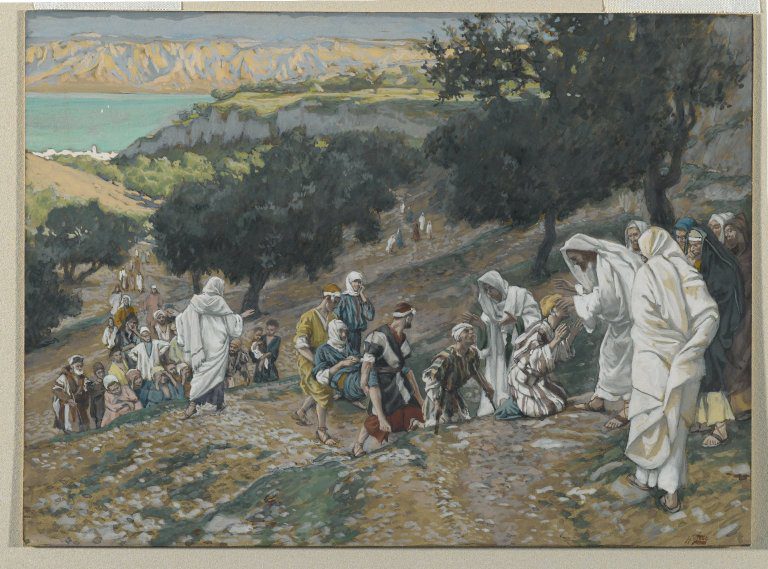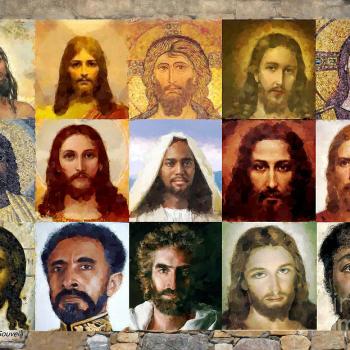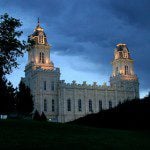
Compare Matthew 13:1-3; 4:18-22; Mark 4:1-2; 1:16-20; John 21:1-11
On one level, it seems a fairly insignificant miracle. But it’s a teaching moment.
“You’re impressed by a miraculous catch of fish?” Jesus implicitly asks his astonished disciples. “Don’t be afraid. From this point on, you’ll be catching men.”
In after years, persecuted, harassed, traveling with difficulty even when not being threatened, encountering rejection, the apostles could look back on this experience and regain their confidence. If Jesus promised them success, they would have success.
But there was, perhaps, a very immediate and practical point to this miracle:
“Processing fish and calling apostles on the Sea of Galilee”
***

We can only speculate as to why the Savior asked the cleansed leper not to tell others of his miraculous healing. Maybe Jesus hoped — in vain, as it turned out, since the formerly afflicted man couldn’t contain his excitement at his new life — to have some quiet (Luke 5:15-16) and to be able to move about freely in the furtherance of his mission (Mark 1:45).
It’s interesting to me, though, that Jesus didn’t actually ask the man to conceal his cure. Instead, all three synoptic accounts (John omits the incident) say that he directed the recovered leper to go to the temple priests and take the appropriate steps under the law of Moses “for a proof to the people” or, perhaps more literally, “as a witness to them” (eis martyrion autois).
Jesus didn’t cure everybody. Many people still became ill and died around the world, and presumably even in Palestine, during his ministry. Physical healing wasn’t his principal mission. But he cured some, and he evidently did so as a “witness” to his calling. That’s why John calls the miracles of Jesus “signs.” They were precisely that. They pointed toward an even more important kind of healing that was (and is) available to all.
***

Click to enlarge.
Compare John 5:1-9
The Pharisees and teachers of the law are offended, scandalized, when Jesus tells the paralytic that his sins are forgiven. “Who, apart from God,” they say, “can forgive sins?”
An excellent question. Well worth pondering. Indeed, that, I suspect, is the point.
But Jesus then asks them which is easier — to tell a man to be healed or to tell him that his sins are forgiven.
The implied premise, of course, is that declaring somebody’s sins forgiven is easy because it’s impossible for anybody among us mortals to test whether God has actually forgiven the person’s sins or not. There is no litmus test or chemical analysis or meter reading that will confirm forgiveness. Talk is cheap, and such a declaration might be mere empty words.
By contrast, the efficacy of a command to “Rise, take up your pallet, and walk” is easily tested. Empirical verification or disconfirmation will be quite unambiguous. Either the paralytic gets up, rolls up his bedding, and walks away, or he doesn’t.
If he does, though, that remarkable fact will confirm that Jesus has power to heal — and will very strongly imply that his other statement, about the forgiveness of sins, is also likely to be valid.
Which will suggest that Jesus is, in fact and as amazing as it may sound, God.
As John says, the miracles of Jesus are signs, pointing beyond themselves to something even more important.
Posted from Richmond, Virginia
















